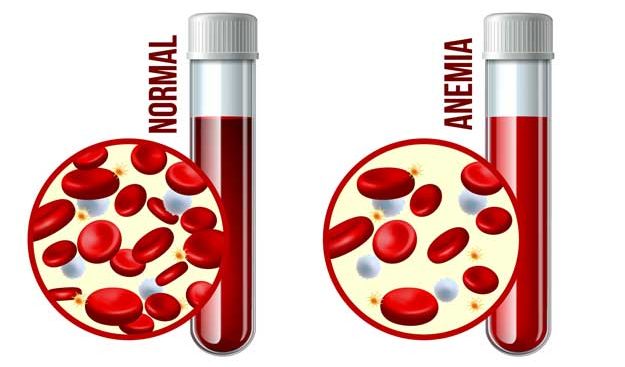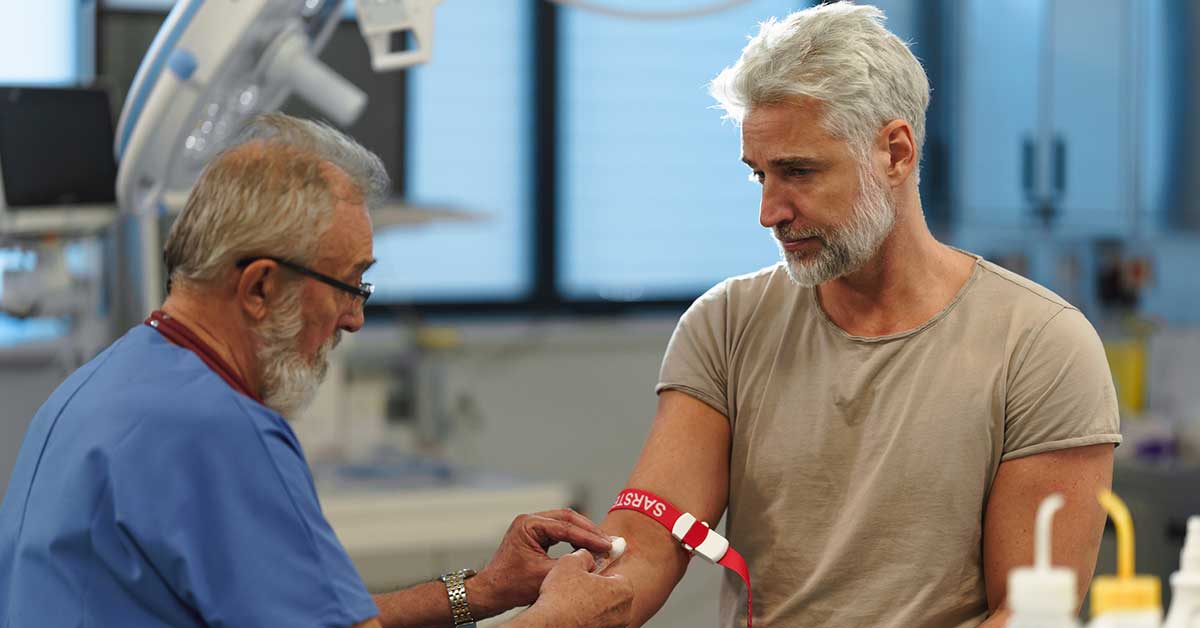Diet for patients with Anemia

Being anemic means that you have a low red blood cell count. Red blood cells are important for carrying oxygen to your muscles and body tissues. A low red blood cell count can cause shortness of breath, fatigue, weakness, dizziness, loss of concentration or confusion, sensitivity to cold and pica (cravings for non-food items such as dirt, clay or ice). If your doctor tells you that you are anemic there are ways to help increase your iron intake within your diet.
Contact Us
There are many foods that you can eat to help with increasing your red blood cell count.
Animal sources of iron include:
- Red Meat
- Egg yolks
- Mollusks (oysters, clams, scallops)
- Turkey or chicken giblets
- Liver
- Canned sardines
- Canned tuna
Other sources of iron include:
- Cereal fortified with iron
- Beans
- Spinach or collard greens
- Nuts and seeds
- Lentils
- Dark chocolate (at least 45% cacao)
- Potatoes with skin
Iron supplements
There are several different types of iron sold over the counter. It can be confusing to choose which is best for your needs. Please talk with your doctor about which they recommend and at what dose. Common side effects of oral iron supplements are constipation and nausea.
Recommended amounts of iron
The amount of iron recommended depends on age and sex. The Recommended Dietary Allowance (RDA) for adults 19-50 years of age is 8mg per day for men and 18mg per day for women. Pregnant women should get 27mg per day and lactating women should get 9mg per day. The increased amount for women of childbearing age and pregnancy is due to menstruation and the growing fetus. Once women pass through menopause the amount reduces to 8mg per day.




Comments